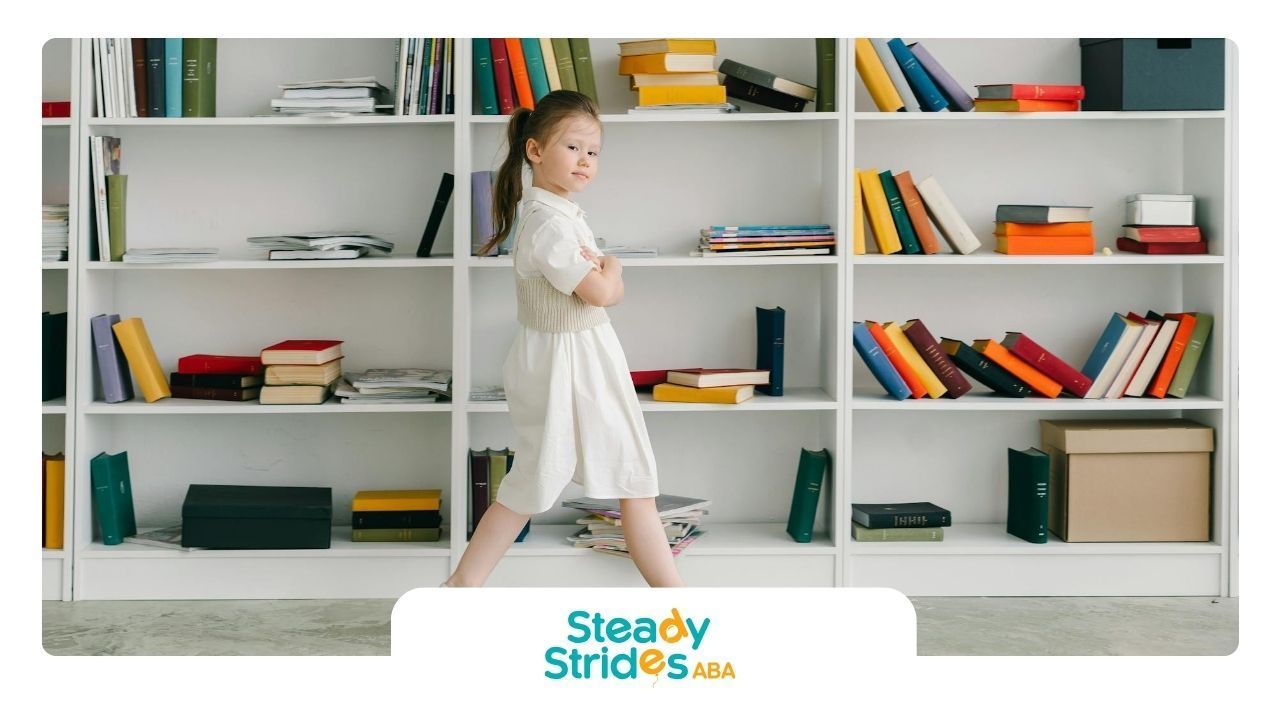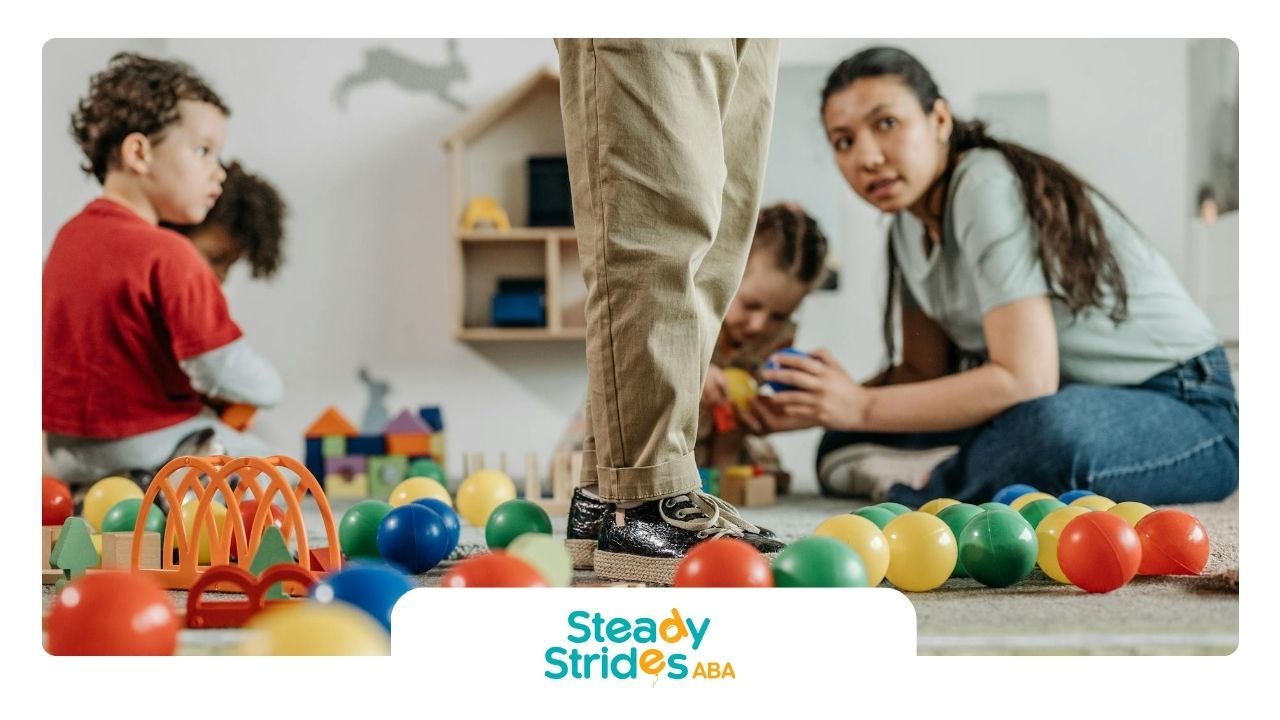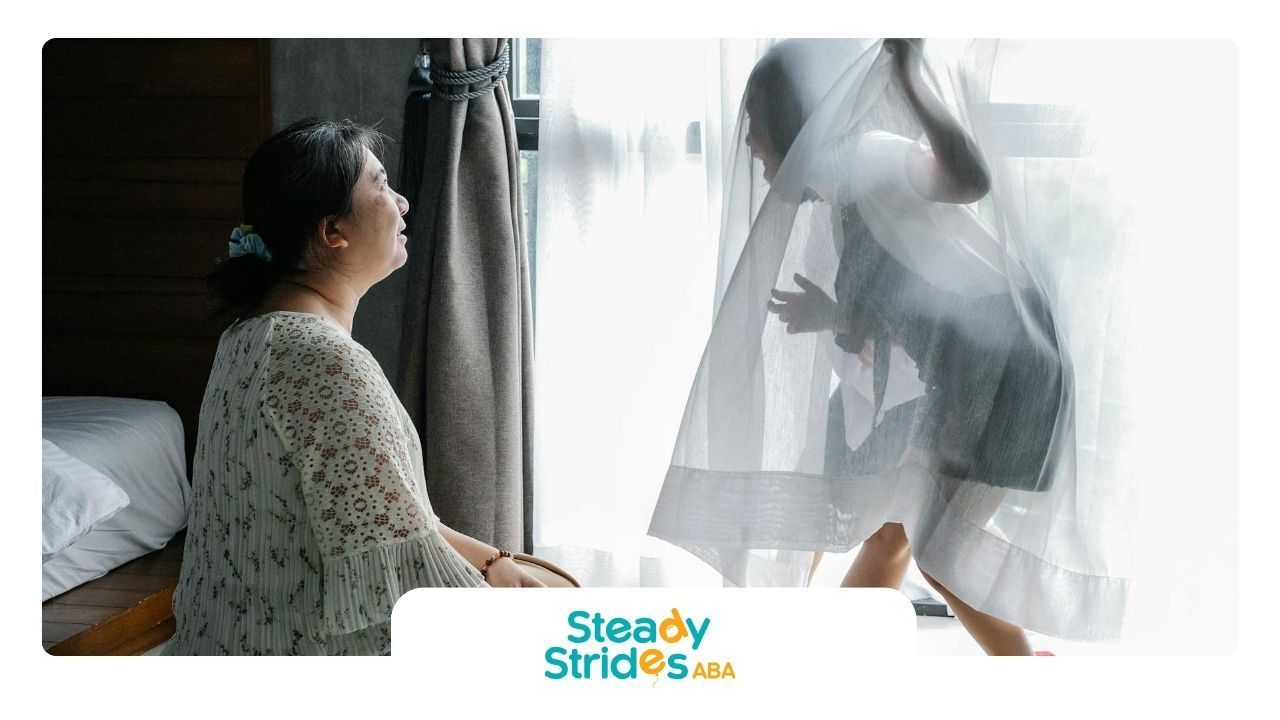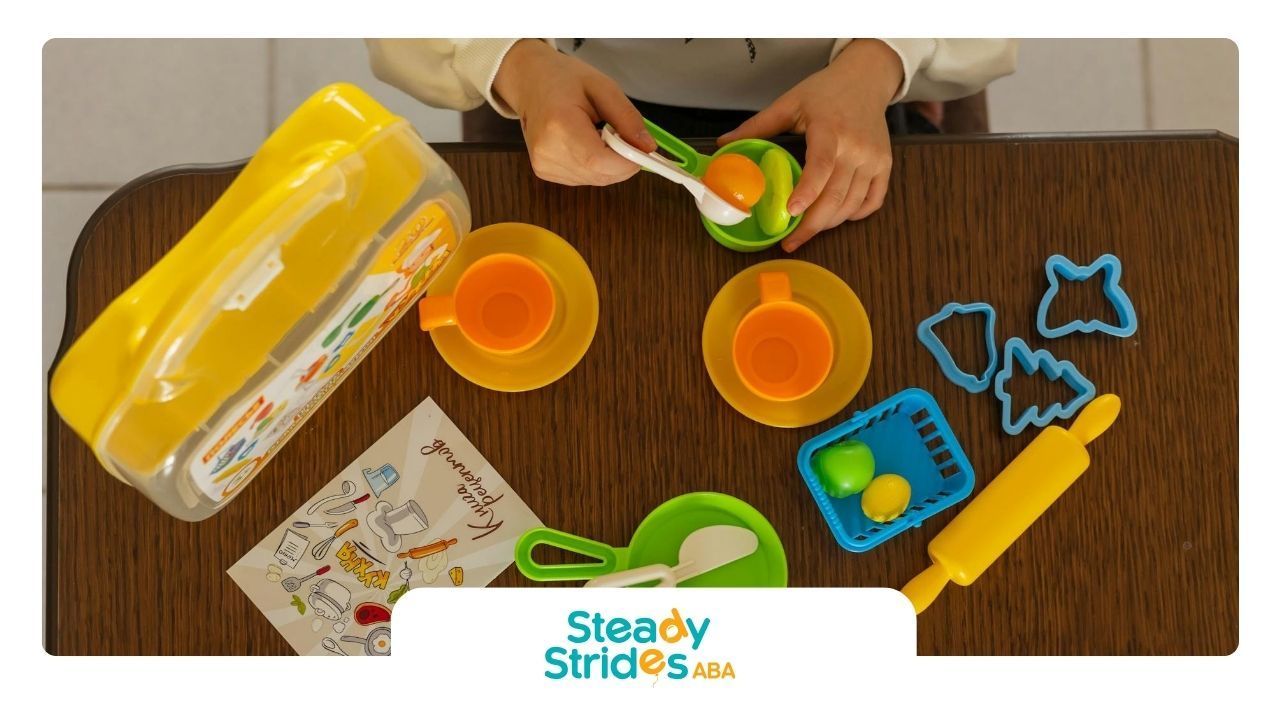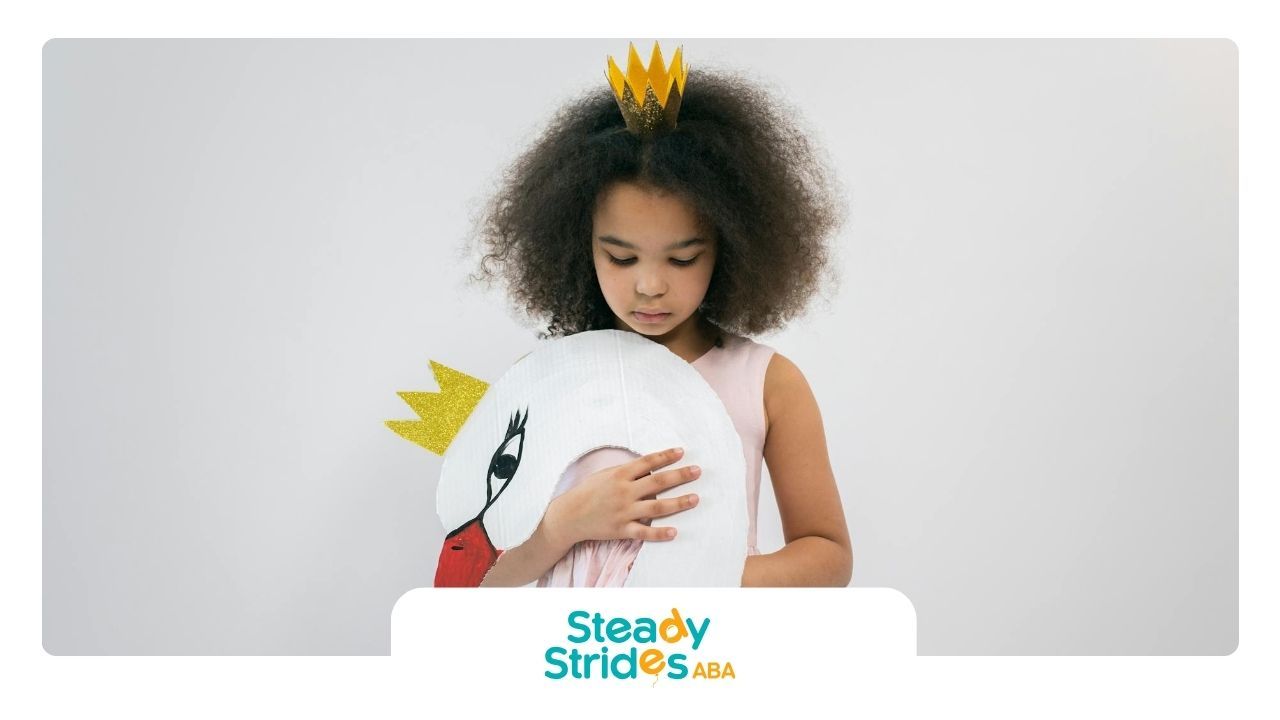Outdoor play isn’t just fun; it’s a vital part of development, especially for autistic children. The sensory-rich environment of the outdoors can offer incredible benefits, from reducing anxiety to improving social skills. By incorporating the right outdoor toys into playtime, you can create engaging, sensory-friendly experiences that help your child thrive.
Let’s explore the best outdoor sensory toys that can turn your backyard into a playground designed to meet your child’s unique sensory needs.
Understanding Sensory Needs
Importance of Outdoor Play for Autistic Children
Outdoor play is essential for children, particularly those on the autism spectrum. Engaging in outdoor activities provides numerous benefits that can foster wellbeing and development. Exposure to natural environments can help reduce anxiety, improve mood, and encourage physical activity. These interactions allow children to explore textures, sounds, and sights in a dynamic setting, which can be beneficial for sensory integration.
Studies indicate that outdoor play can enhance social skills by offering opportunities for interaction with peers. This can help autistic children develop communication skills and build friendships in a less structured environment.
How Outdoor Toys Can Support Sensory Development
Outdoor sensory toys are designed to cater to various sensory needs. These toys can stimulate the senses through touch, sound, and movement, which is vital for sensory development in autistic children.
Using outdoor toys allows children to engage with their environment and experience different sensory modalities. This can help improve their ability to process sensory information and promote comfort in diverse settings.
There are several categories of outdoor sensory toys that can support sensory integration:
- Swings and Hammocks: Provides vestibular input and relaxation.
- Sensory Water Play: Engages tactile senses and cools down.
- Climbing Structures and Playhouses: Enhances gross motor skills and coordination.
Selecting outdoor sensory toys that cater to your child's needs can lead to enriching play experiences. These toys not only encourage physical activity but also support emotional regulation and sensory exploration. By incorporating these elements into outdoor play, you can help foster development in a natural and enjoyable way.
Types of Outdoor Sensory Toys
Choosing the right outdoor sensory toys for your child with autism can enhance their play experience and support their sensory development. Below are some effective options you may want to consider.
Swings and Hammocks
Swings and hammocks provide soothing movement that can help with sensory regulation. They allow children to experience various sensations, such as swinging, bouncing, or swaying, all of which can be calming.
| Swing/Hammock Type | Benefits | Recommended Age Range |
|---|---|---|
| Traditional Swings | Promotes balance and coordination | 2-10 years |
| Sensory Swings | Encloses the child, providing a cocoon-like effect | 3-12 years |
| Hammocks | Offers gentle swaying, very relaxing | 3-10 years |
Sensory Water Play
Water play is an excellent way for children to engage their senses. It allows for tactile experiences and can be particularly calming or stimulating, depending on how it is introduced.
| Water Play Option | Benefits | Recommended Setup |
|---|---|---|
| Water Tables | Encourages exploration and fine motor skills | Outdoor patio or backyard |
| Splash Pads | Provides active play and sensory stimulation | Flat surface or designated area |
| Kiddie Pools | Offers varied sensory experiences through splash and float | Inflated or portable |
Climbing Structures and Playhouses
Climbing structures and playhouses promote gross motor skills and offer opportunities for imaginative play. These structures can encourage children to engage physically while providing various sensory experiences through textures and movements.
| Structure Type | Benefits | Recommended Age Range |
|---|---|---|
| Climbing Towers | Develops strength and coordination | 3-8 years |
| Playhouses | Fosters imaginative play and social interaction | 3-10 years |
| Obstacle Courses | Enhances physical fitness and problem-solving abilities | 4-12 years |
Selecting outdoor sensory toys that align with your child's interests and sensory needs can create a more engaging and enjoyable play experience. The toys listed provide various benefits, catering to different preferences and developmental requirements.
Considerations for Choosing Outdoor Toys
When selecting outdoor sensory toys for a child with autism, several factors should be taken into account to ensure the toys are safe, durable, and suitable for their unique needs.
Safety Features
Safety is paramount when choosing outdoor toys. It is essential to look for toys that meet safety standards to reduce the risk of injury. The design should be free of sharp edges and small parts that can pose choking hazards. Non-toxic materials are also crucial, as children may engage in oral exploration.
These are key safety features you need to keep in mind:
- Age Appropriateness: Ensure toys are designed for your child's age group.
- Stability: Look for stable structures to prevent tipping.
- Material Quality: Choose non-toxic, weather-resistant materials.
- Soft Edges: Opt for rounded edges to minimize injury risks.
Durability and Maintenance
Outdoor sensory toys must withstand various weather conditions and frequent use. Durability is key to ensuring that the toys last long and provide ongoing sensory experiences. Also, consider how easy they are to clean and maintain, as outdoor toys can accumulate dirt and require regular upkeep.
Some durability aspects include:
- Material Strength: Select materials that resist wear and tear.
- Weather Resistance: Toys should be resistant to sun, rain, and snow.
- Maintenance Frequency: Choose toys that require minimal maintenance.
- Replacement Parts: Look for options that offer easily replaceable parts.
Adaptability for Different Sensory Needs
When selecting outdoor toys, consider the different sensory preferences and needs of your child. Some children may require tactile experiences, while others may benefit from visual or auditory stimulation. Choose toys that offer various sensory inputs to cater to these diverse needs.
Adaptability features include:
- Multi-Sensory Elements: Toys that incorporate sound, sight, and touch.
- Adjustable Features: Choose toys with adjustable height or texture options.
- Space for Imaginative Play: Look for open-ended toys that promote creativity.
- Group Play Opportunities: Select toys that encourage social interaction and sharing.
By focusing on safety, durability, and adaptability, you can choose outdoor sensory toys that not only engage your child but also contribute positively to their development.
DIY Sensory Play Ideas
Engaging in outdoor sensory play can be highly beneficial for children with autism. Here are some creative do-it-yourself ideas that incorporate natural elements and promote sensory exploration.
Sensory Bins with Natural Elements
Creating sensory bins is an excellent way to encourage tactile play while using items from nature. You can fill a bin with various natural materials, allowing your child to explore different textures and temperatures.
| Material | Texture | Suggested Uses |
|---|---|---|
| Sand | Grainy | Building, digging, sculpting |
| Water | Fluid | Pouring, splashing, floating items |
| Leaves | Crispy, smooth | Raking, crumpling, sorting |
| Pinecones | Rough, spiky | Counting, stacking, sorting |
| Stones | Cool, smooth | Weighing, stacking, color sorting |
Encourage your child to interact with the materials by pouring, sorting, and exploring the different textures.
DIY Texture Boards
Texture boards can provide an engaging multi-sensory experience to enhance tactile exploration. You can create a board by attaching various materials to a sturdy surface, allowing your child to feel and compare different textures.
| Material | Texture Type |
|---|---|
| Benefits | Fabric swatches |
| Soft, rough | Exploring softness and roughness |
| Bubble wrap | Bumpy, smooth |
| Visual and tactile stimulation | Sandpaper |
| Gritty | Feel of different roughness levels |
| Foil | Crunchy, smooth |
| Sound and tactile engagement | Carpet samples |
| Soft, textured | Comparison of different fibers |
Make the texture board portable so your child can explore it outdoors or in different settings.
Nature Scavenger Hunts
Nature scavenger hunts encourage outdoor exploration and sensory engagement. You can create a list of items for your child to find, and this activity promotes observation skills and physical activity.
| Scavenger Hunt List | Description |
|---|---|
| Leaf (different shapes/colors) | Find and collect leaves |
| Flower (any color) | Look for blooming flowers |
| Rock (smooth/rough) | Search for interesting rocks |
| Stick (long/short) | Collect sticks of varying lengths |
| Bird feather | Identify and find fallen feathers |
You can guide your child in observing their surroundings and help them appreciate nature while enhancing their sensory experiences.
These DIY sensory play ideas are engaging and can significantly benefit your child’s sensory development while providing outdoor fun.
Encouraging Outdoor Play
Engaging your autistic child in outdoor play can provide numerous benefits for their sensory development. Creating a supportive environment, structuring playtime effectively, and fostering social interactions are essential steps.
Creating a Sensory-Friendly Outdoor Environment
Designing an outdoor space that meets sensory needs is important. Consider incorporating elements that appeal to various senses—sight, sound, touch, and smell. Here are some ideas:
- Natural Plants: Visual appeal and smell.
- Soft Textures: Tactile engagement (e.g., grass).
- Water Features: Sound and cooling sensation.
- Colorful Structures: Engaging visual stimulation.
Ensuring the environment is safe and fully accessible to your child will encourage exploration and enjoyment.
Structuring Playtime for Success
Establishing a clear structure for outdoor play can enhance your child's experience. Developing a consistent routine helps to create a sense of security. Consider the following tips:
- Set a Schedule: Designate specific times for outdoor play.
- Use Visual Timers: Help your child understand play durations.
- Rotate Activities: Offer a variety of sensory experiences each time.
- Provide Choices: Allow your child to pick from different activities.
Providing predictable routines and options can make playtime more enjoyable and less overwhelming.
Building Social Skills through Outdoor Play
Outdoor environment presents opportunities for social interactions. You can facilitate these interactions by:
| Activity | Goal |
|---|---|
| Cooperative Games | Encourage teamwork among peers |
| Group Activities | Promote sharing and collaboration |
| Role-Playing Scenarios | Develop communication skills |
| Nature-Making Crafts | Foster creativity while socializing |
Engaging in these interactions can enhance your child's social abilities and help them develop friendships. Creating opportunities for meaningful connections can have lasting impacts on their overall development.
Conclusion
Outdoor play offers an amazing opportunity for your autistic child to engage their senses, boost their mood, and develop crucial skills. Whether it's the calming sway of a hammock or the stimulating splash of water play, the right outdoor toys can make a world of difference.
And if you’re looking for additional support, Steady Strides ABA provides both home-based and center-based ABA therapy options tailored to your child's needs. Let us help you create a supportive environment that fosters growth and joy—both inside and outside the home.
FAQs
What are the best outdoor toys for autistic children?
The best outdoor toys for autistic children include swings, sensory water play, and climbing structures. These toys cater to various sensory needs and can help with sensory integration, physical activity, and social skills.
How do outdoor sensory toys benefit autistic children?
Outdoor sensory toys support autistic children by providing sensory input through touch, sound, and movement. They help with sensory processing, emotional regulation, and encourage physical and social interactions.
What should I consider when buying outdoor toys for my autistic child?
When selecting outdoor toys, consider safety, durability, and adaptability for your child’s sensory needs. Choose toys that are age-appropriate, stable, made from non-toxic materials, and that offer various sensory inputs.



